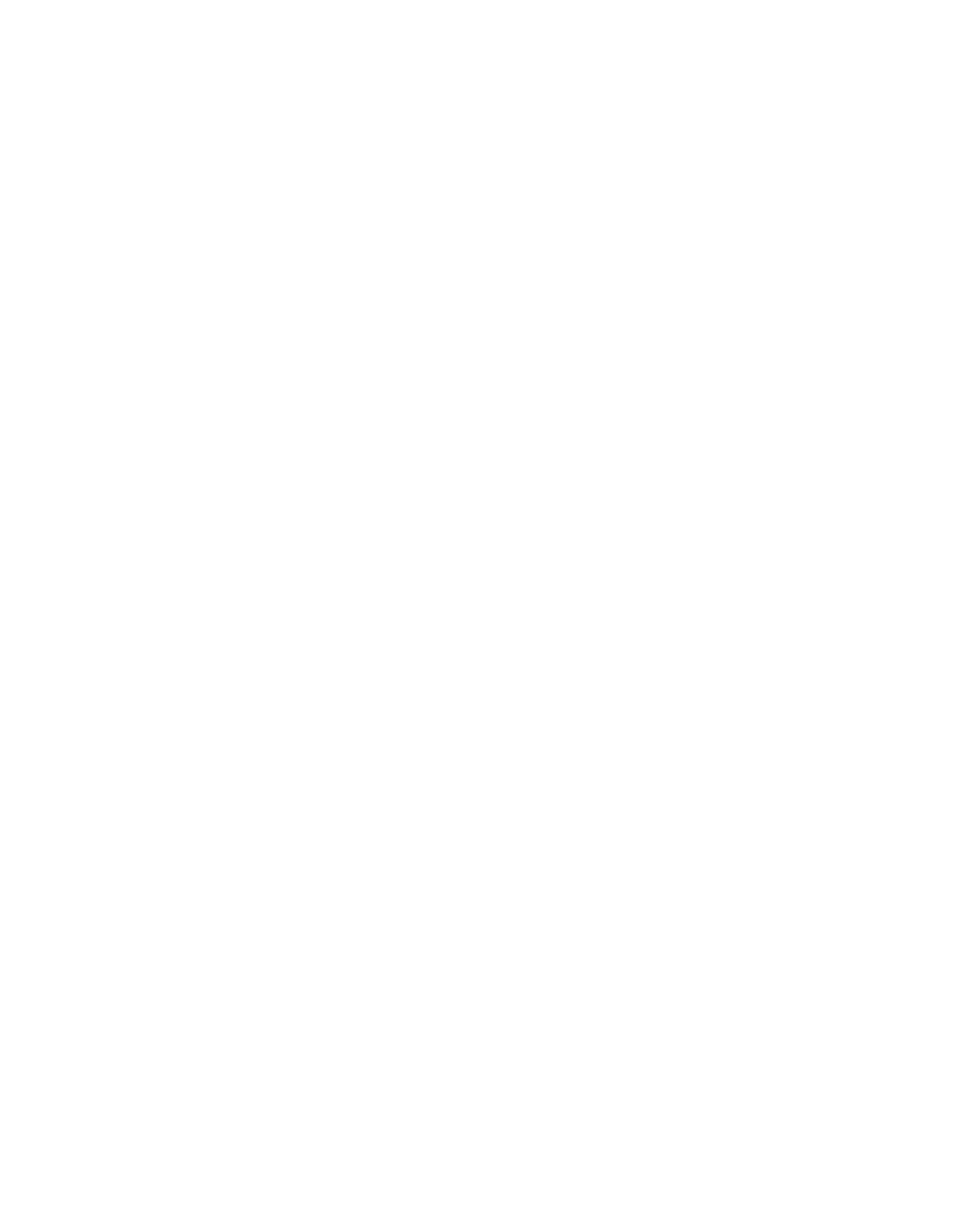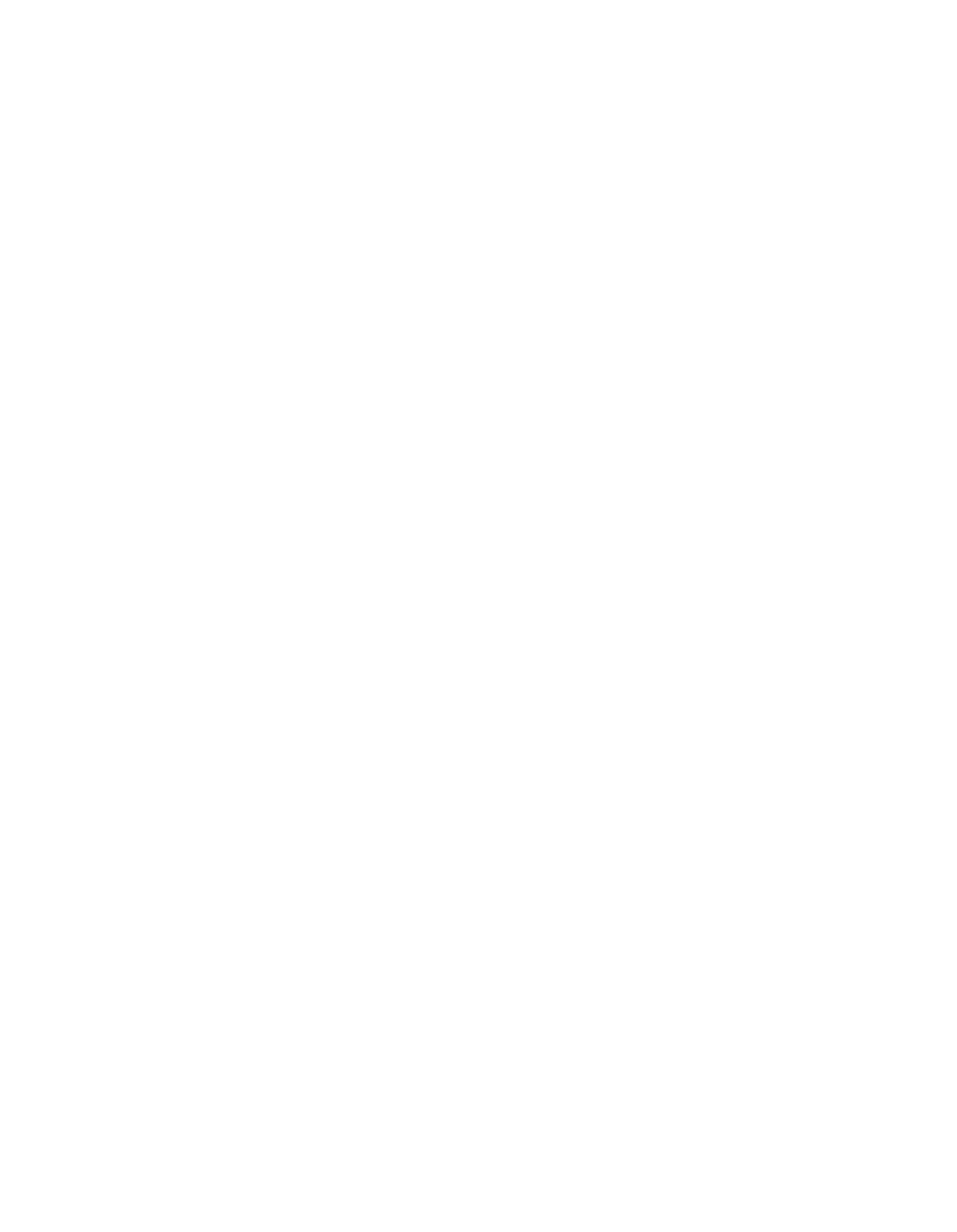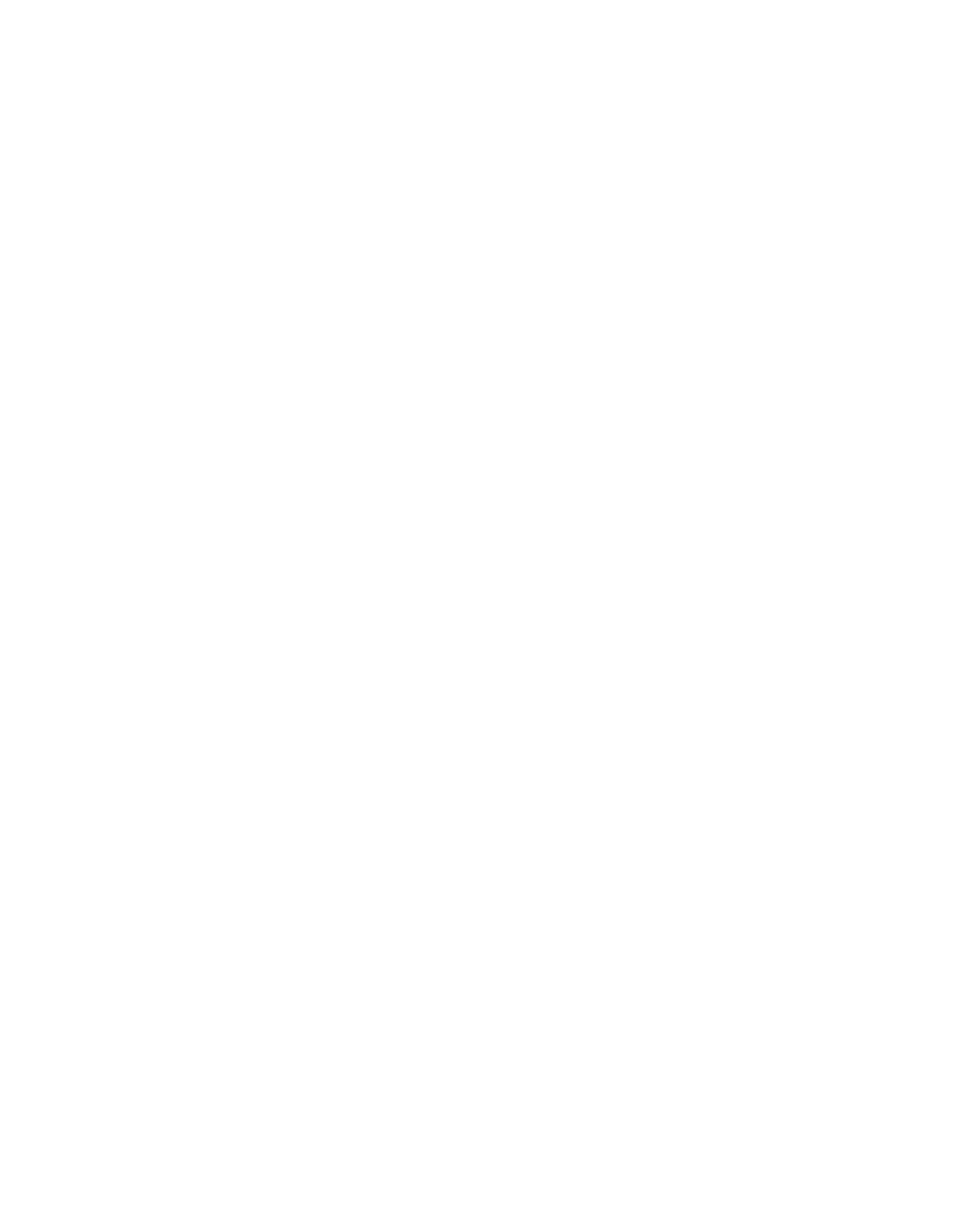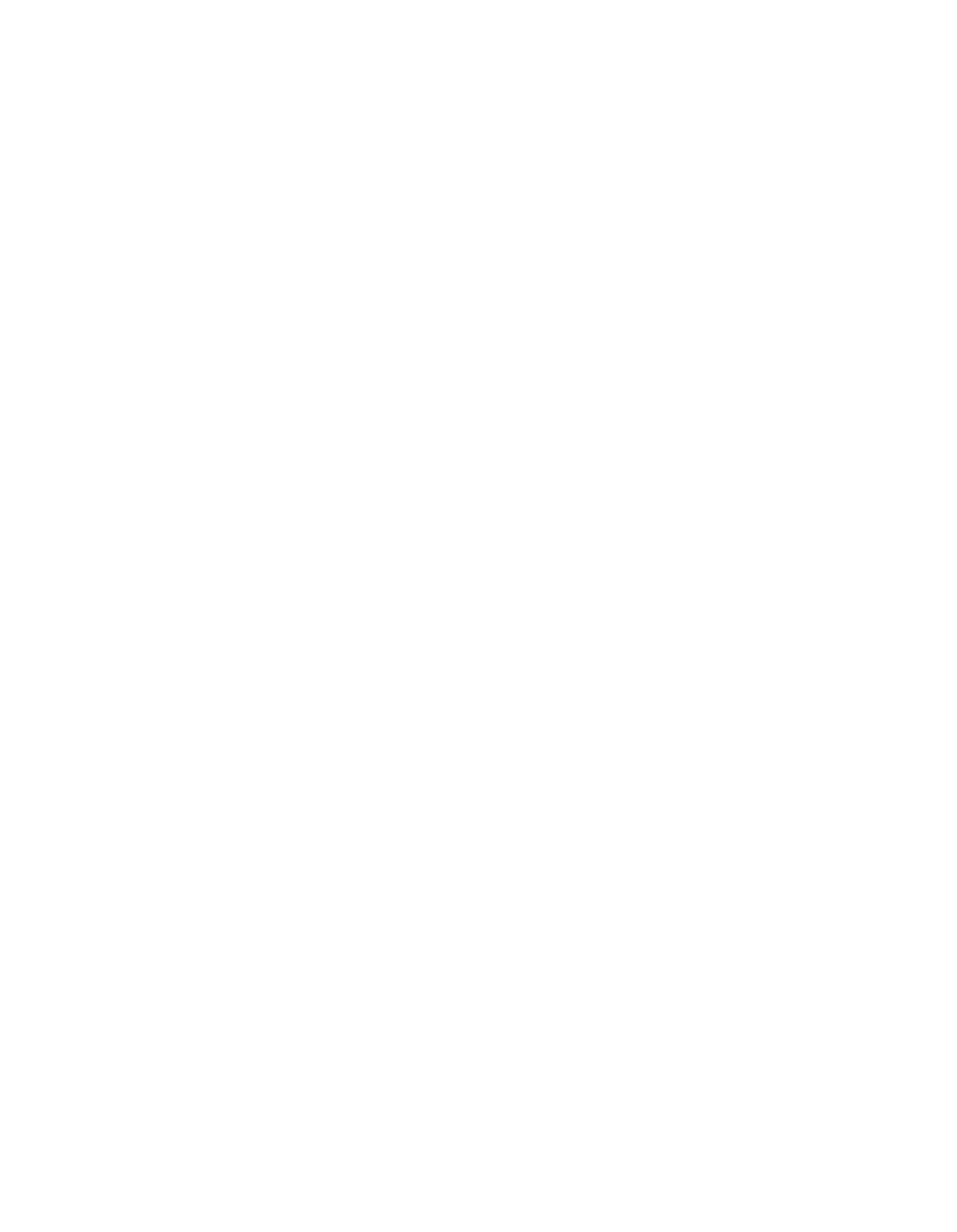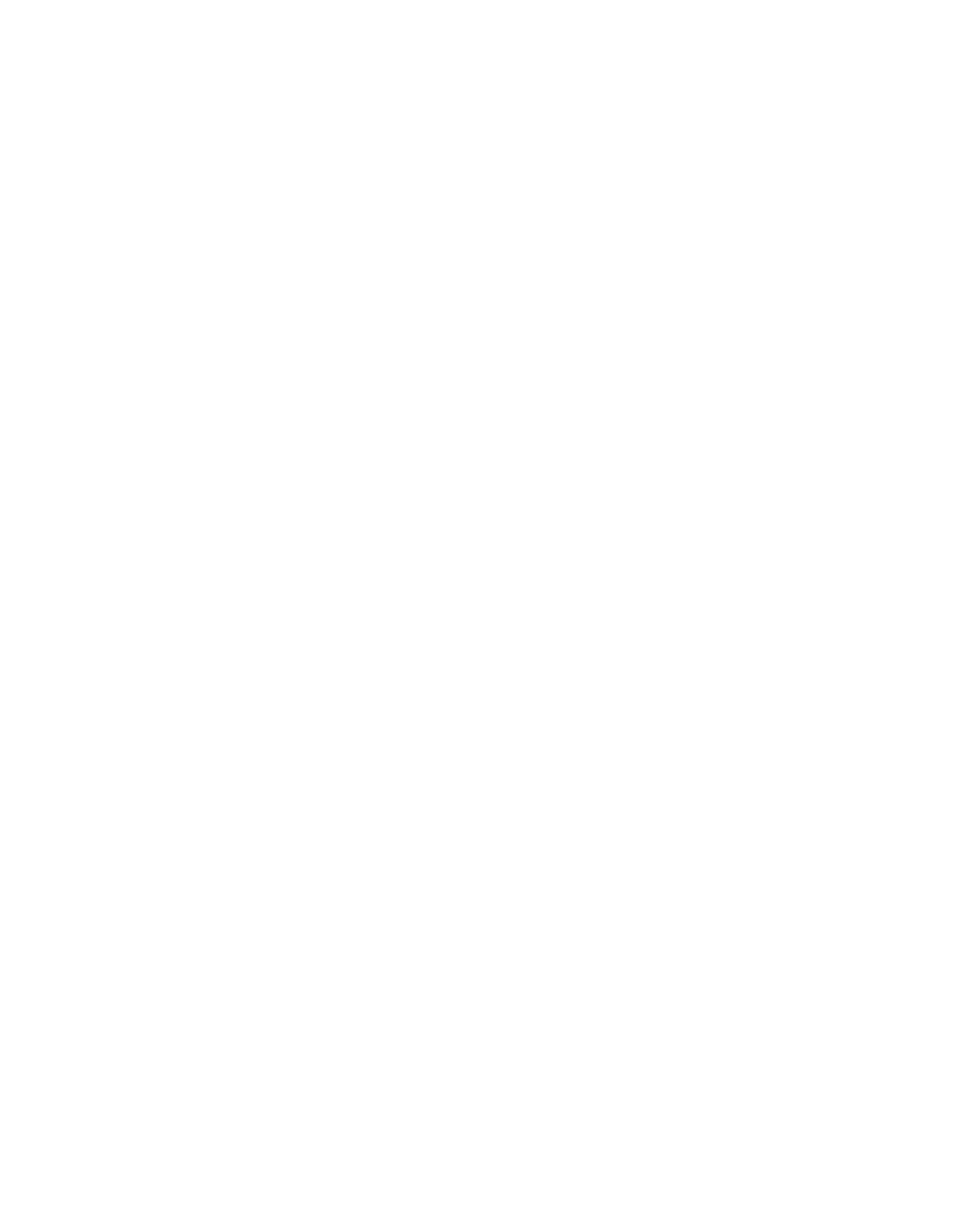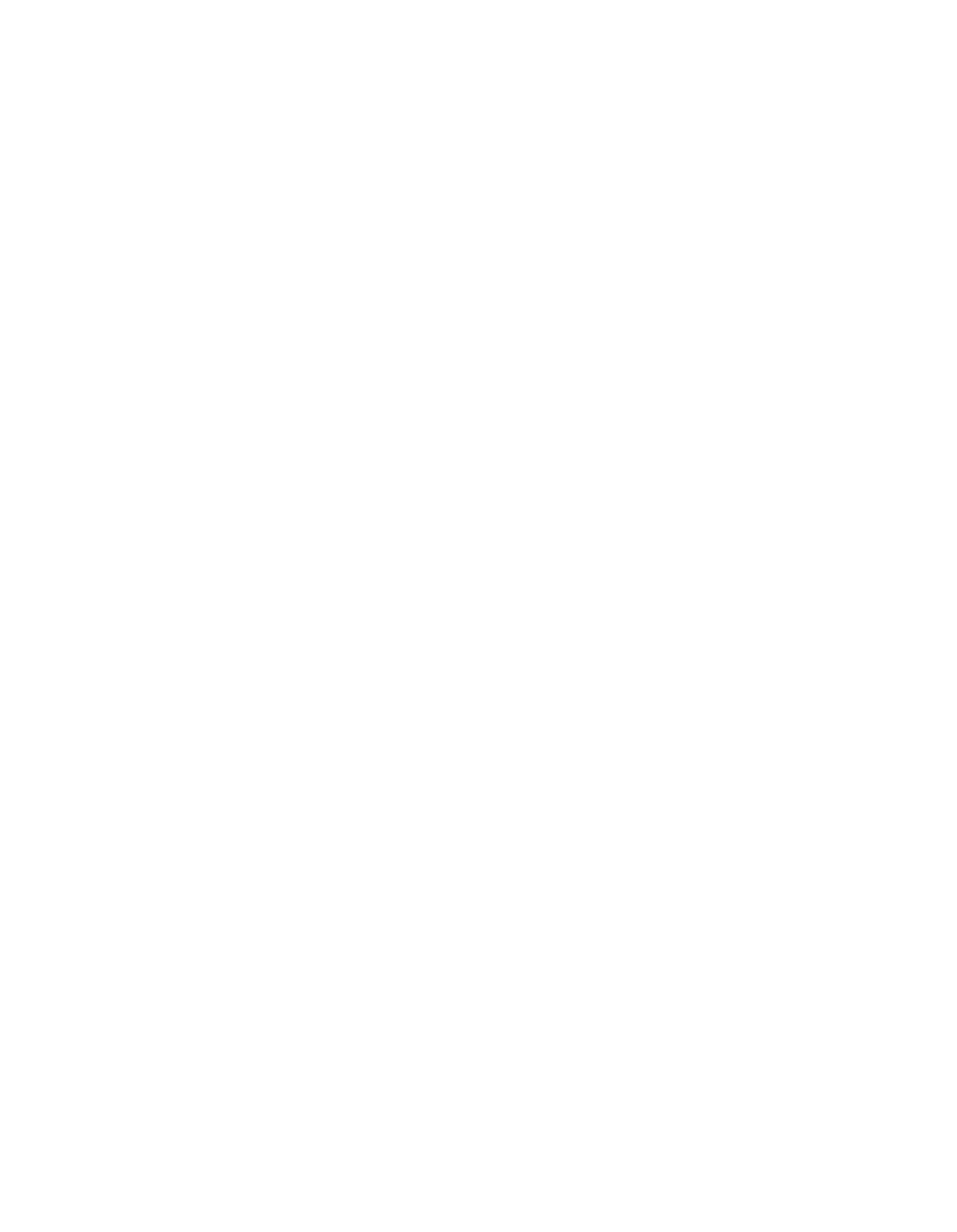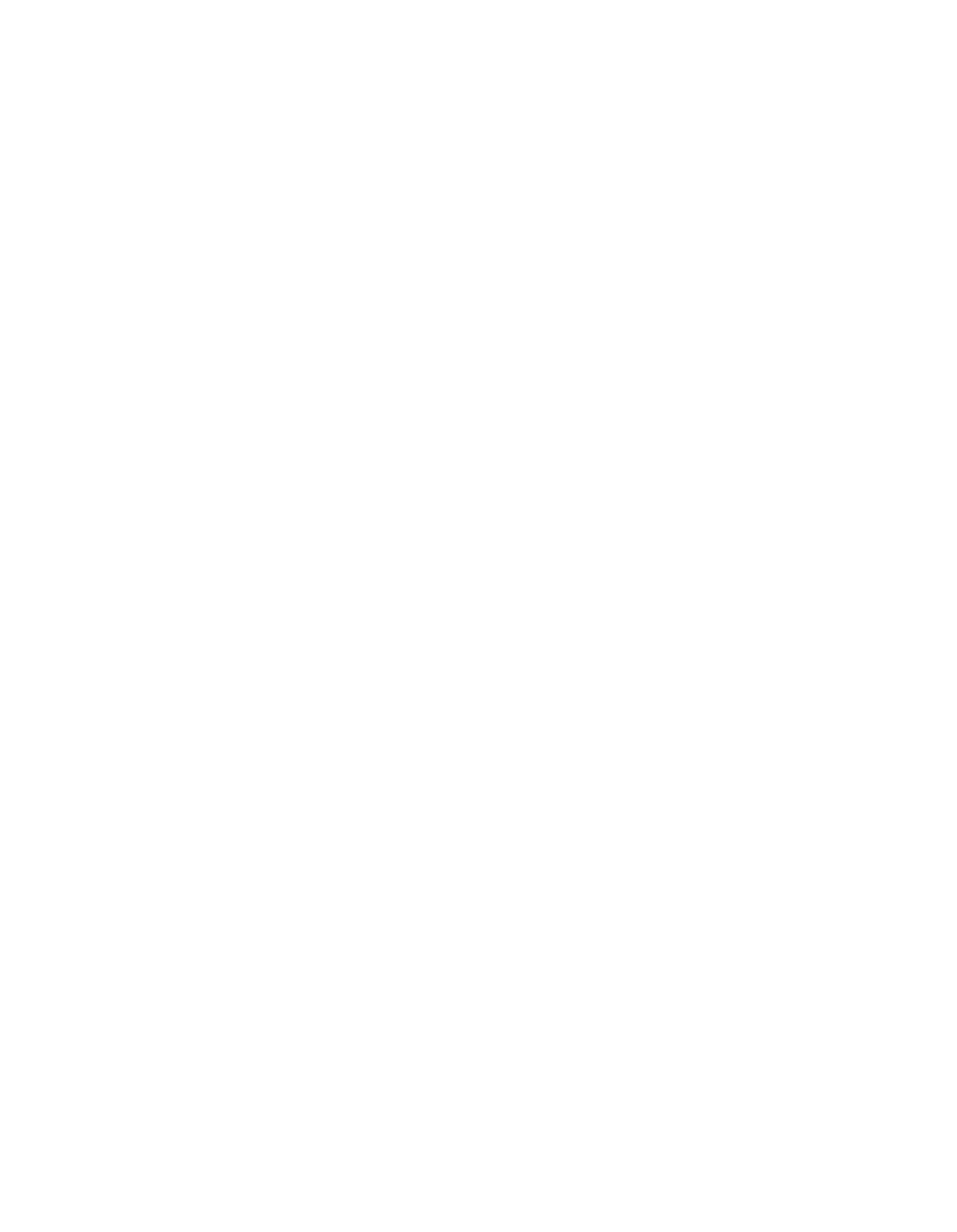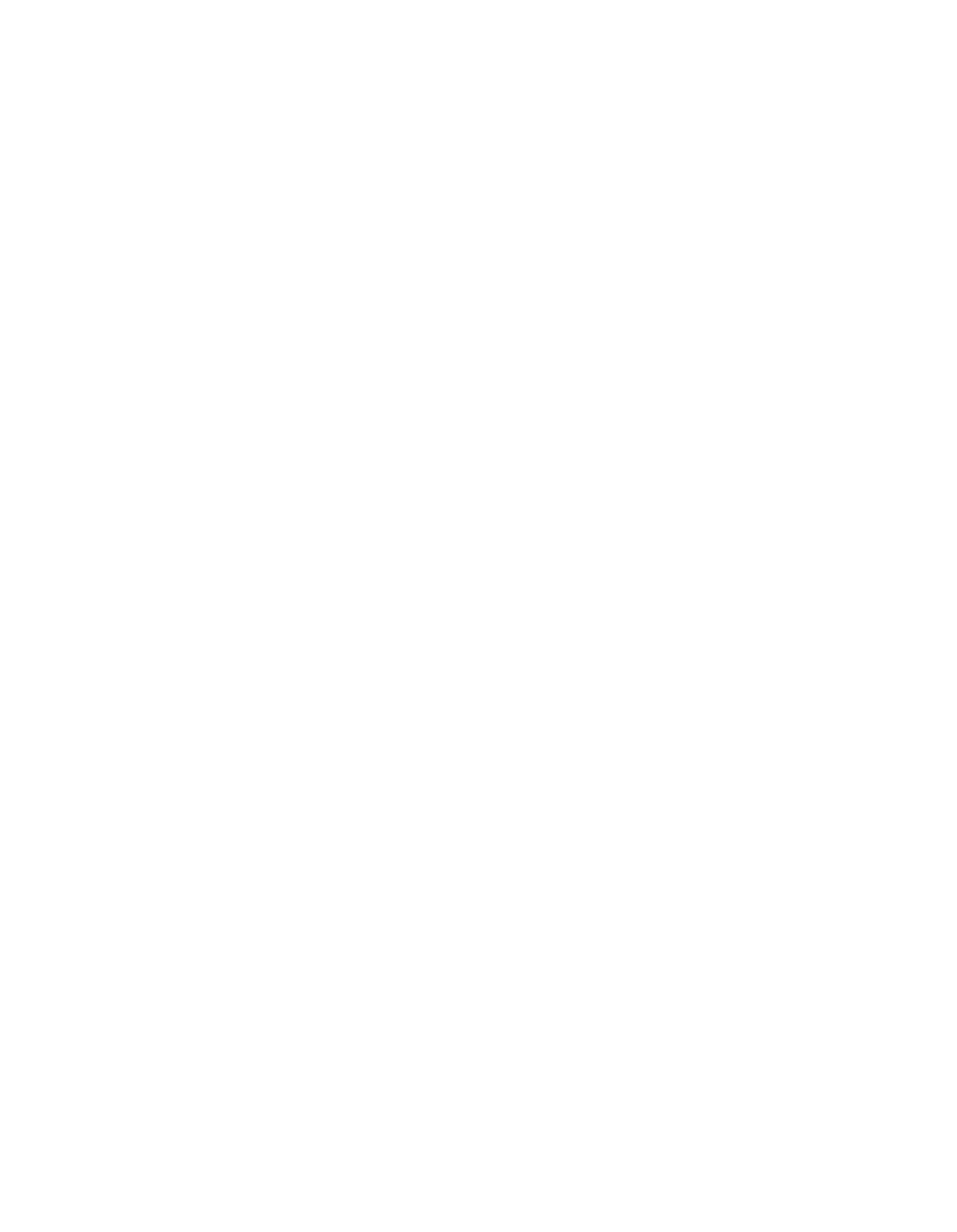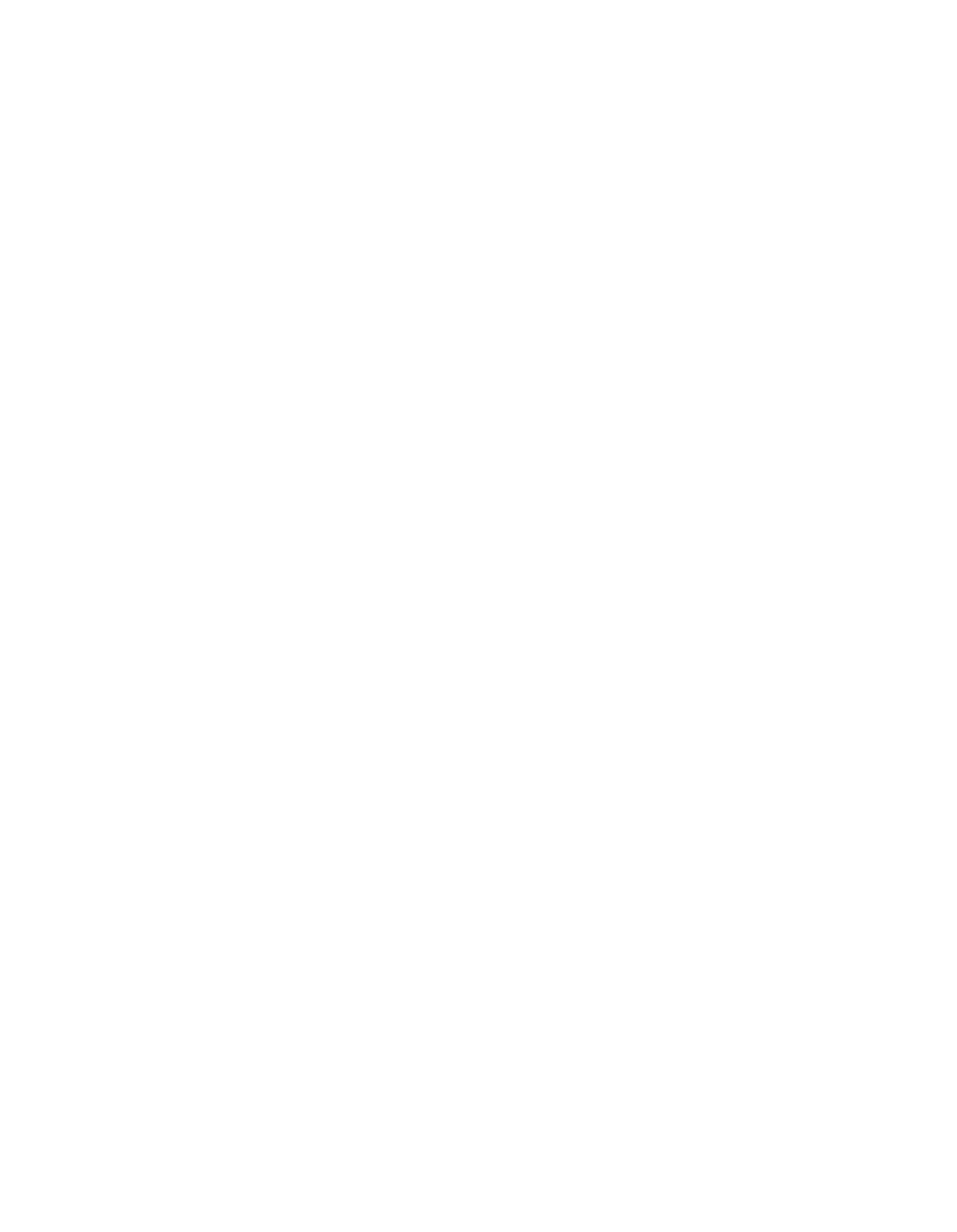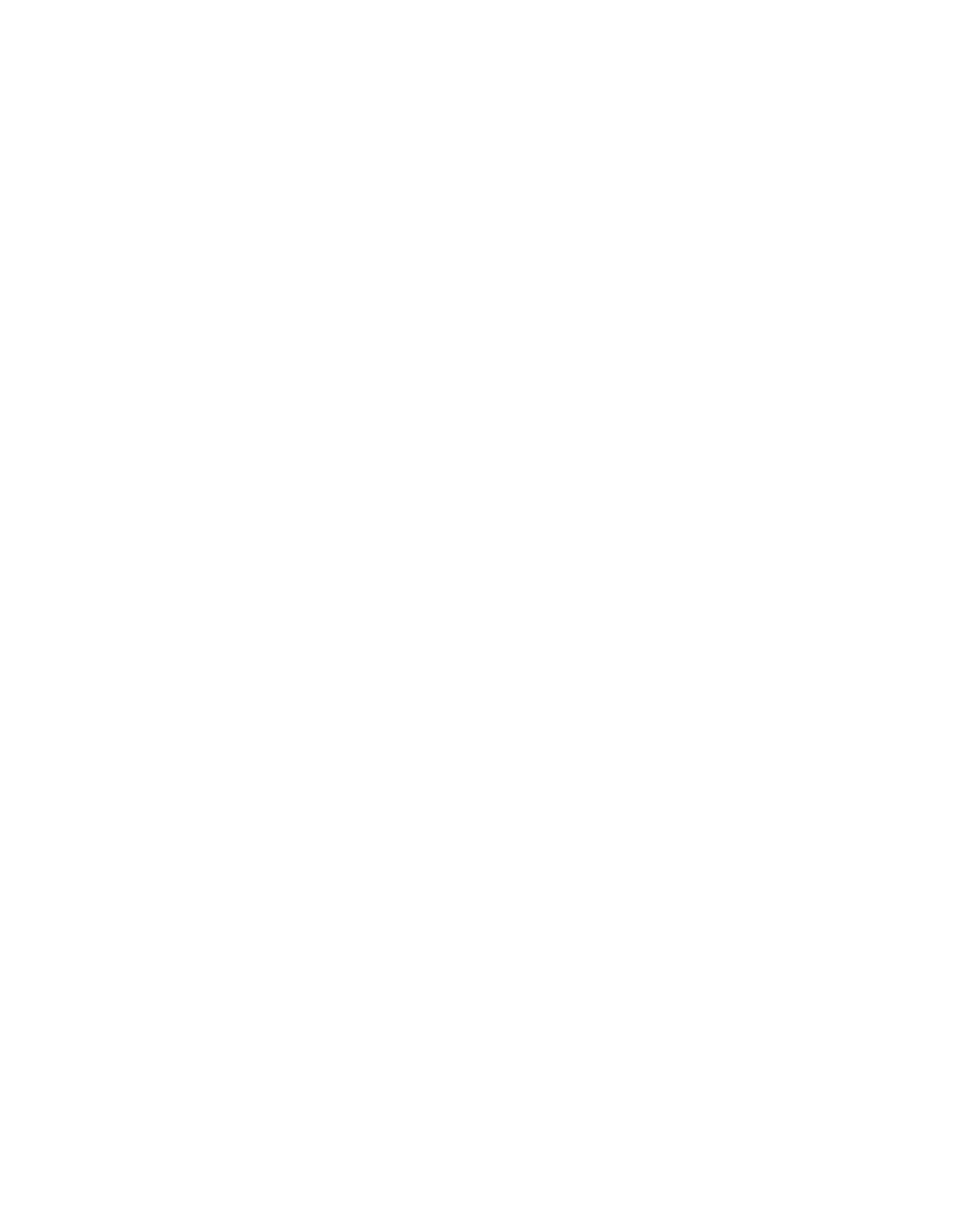ILLINOIS POLLUTION CONTROL BOARD
November
7,
1991
IN THE
MATTER OF:
R91—19
POTENTIALLY INFECTIOUS MEDICAL
)
(Identical
in Substance Rules)
WASTES:
ETIOLOGIC AGENTS
PROPOSAL FOR PUBLIC COMMENT.
PROPOSED OPINION AND ORDER OF THE BOARD
(by R.C. Flemal):
The’
Board reserved this docket on August
9,
1991 and issued
an Order on August 26,
1991 stating that we had opened this
docket for the purposes of
a new legislative mandate contained in
H.B.
2491,
then awaiting the Governor’s signature.
The Governor
signed H.B.
2491
(now designated P.A.
87—752)
on September
26,
1991.
It becomes effective January
1,
1992.
Public Act 87—752
imposes four mandates on the Board,
each
of which includes
a deadline for Board action:
1.
Repeal of existing Board regulations relating to
medical wastes
(new Section 56.2(d)
,
due by January
1,
1992,
the subject of docket R9l—l8)
2.
Adopt rules identical
in substance to the etiologic
agents
in Class
4
in
a
1974
federal Centers for Disease
Control, Office of Biosafety listing:
Classification
of Etiologic Agents
on the Basis of Hazard
(new Section
56.2(e), due January
1,
1992,
the subject of this
docket);
3.
Adopt rules setting forth the standards for facilities
treating,
storing, and transferring potentially infec-
tious medical wastes
(new Section 56.2(a), due January
1,
1993,
the subject
of docket R91-20); and
4.
Adopt rules setting forth standards for transportation,
packaging,
segregation,
labelling,
and marking
of
potentially infectious medical wastes
(new Section
56.2(c), due January
1,
1993,
the subject of docket
R9l—21)
The Board today proposes rules for public comment in fur-
therance of
a portion of that mandate.
The public comment period
runs for 45 days and begins when the Notice of Proposed Rules
appears
in the Illinois Register.
The Board will promptly
proceed to adopt
a final
rule at the close of the public comment
period.
The action taken today
in this docket proposes
a listing
of
Class
4 Agents based on the U.S. Department
of Health and Human
Services,
Centers for Disease Control, Office of Biosafety
127—145
2
publication entitled “Classification of Etiologic Agents on the
Basis of Hazard,”
(4th edition, July 1974).
This action
is
pursuant to new Section 56.2(e)
of the Environmental Protection
Act
(to be codified as
Ill. Rev.
Stat.
1989 ch.
111½,
par.
1056.2(e),
effective January
1,
1992).
PUBLIC COMMENTS
The Board will receive public comments on this Proposed
Opinion and Order for a period after it appears as
a Notice of
Proposed’ Rules in the Illinois Register.
The statutory public
comment period
is 45 days after the date of publication in the
Illinois Register.
As of this date,
the Board has received one public comment
in this matter.
The Board received PC #1 on September
18,
1991
from Van Allen Anderson,
Ph.D.,
of the University of
Illinois at
Urbana-Champaign,
Division of Environmental Health and Safety.
Further,
Dr. Anderson and others made pertinent comments regard-
ing this proceeding during the course of the September
18,
1991
public hearing
in companion dockets, R9l-20 and R91-21.
The
appropriate segment of the following discussion considers the
comments of
Dr. Anderson and those made at the public hearing.
All
references
to the hearing transcript
(“Tr. at
—-“)
in the
following discussion are to the transcript of the consolidated
inquiry hearing held September 18,
1992.
in dockets R91-20:
Potentially Infectious Medical Waste:
Treatment,
Storage,
and
Transfer Facilities and R91-21:
Potentially Infectious Medical
Waste:
Treatment,
Packaging, and Labeling.
Many portions of
that hearing testimony directly relate to the subject
of this
docket.
DISCUSSION
P.A.
87-752
(H.B.
2491), particularly new Section 56.1
(of
new Title
XV:
Potentially Infectious Medical Waste),
includes
various prohibitions against the improper disposal, delivery,
transport,
storage,
treatment,
transfer,
and packaging
of poten-
tially infectious medical wastes
(PIMWs).
This Section and
Sections
56.3
and 56.4
also include permitting, manifesting,
and
reporting requirements
for various activities related to PIMW5.
Section 56.2(e)
mandates that •the Board adopt
a listing of
Class
4
etiologic agents by identical-in-substance procedures:
No later than January
1,
1992,
the Board shall adopt
rules that are identical
in substance to the list of
etiologic agents
identified as Class
4 agents as set
forth in
“Classification
of Etiological Agents on the
Basis of Hazard,
1974”, published by Centers for Dis-
ease Control.
If the Centers for Disease Control
amends the listing of etiologic agents identified as
127—146
Class
4 agents
as set forth
in “Classification
of
Etiological Agents on the Basis of Hazard,
1974”,
the
Board shall adopt rules that are identical
in substance
to the amended list within 180 days after the Centers
for Disease Control amendment.
The provisions and
requirements of Title VII of this Act shall not apply
to rules adopted under this subsection
(e)
.
Section
5
of the Illinois Administrative Procedure Act relating
to the procedures for rulemaking
shall not apply to
rules adopted under this subsection
(e).
P.A.
87—752,
§
56.2(e)
(to be codified as
Ill.
Rev.
Stat.
1989 ch.
111½,
par.
1056.2(e)).
The ultimate effect of fulfilling this mandate
is to add
definition to one segment of the broader universe of PIMWs.
Section 3.81(a)
of this legislation
(to be codified as
Ill.
Rev.
Stat.
1989
ch.
111½,
par.
1003.81(a))
defines “potentially infec-
tious medical waste”.
Subsection 3.81(b) (6)
includes
“isolation
waste” as part of the definition,
as follows:
Isolation waste.
This waste shall include but not be
limited to discarded waste materials contaminated with
blood,
excretions,
exudates,
and secretions
from humans
that are isolated to protect others from highly com-
municable diseases.
“Highly communicable diseases”
means those diseases identified by the Board
in rules.
adopted under subsection
(e)
of
Section 56.2
of this
Act.
P.A.
87—752,
§
3.81(b)(6)
(to be codified as Ill.
Rev.
Stat.
1989
ch.
111½,
par.
1003.81(b) (6)).
The 1974 document referred to by P.A.
87-752 defines five
classes of etiologic agents:
Class
1:
Pathogenic agents of no or minimal hazard under
ordinary conditions
of handling.
Class
1 Agents
include all agents not classified
as any of Clas-
ses 2 through
5 Agents.
Class
2:
Pathogenic agents of ordinary potenti~1haz~rd.
Class
2 Agents include those which may produce
disease from accidental inoculation or injection
or other means of cutaneous penetration but which
are contained by ordinary laboratory techniques.
Class
3:
Pathogenic agents involving special hazard,
or
pathogenic agents derived outside the U.S. which
require
a federal permit for importation,
unless
the pathogenic agent
is specified for higher
classification.
Class
3 Agents include those
for
127—147
4
which special conditions
for their containment are
required.
Class 4:
Pathogenic agents that are extremely hazardous to
laboratory personnel or that may cause serious
epidemic disease.
Class
4 Agents
include Class
3
Agents derived from outside the U.S.
when they are
employed in entomological experiments or when
other entomological experiments are conducted
in
the same laboratory area.
Class
3 Agents include
those that require the most stringent conditions
for their containment.
Class
5:
Pathogenic agents that are excluded from the US.
by law or U.S.
Department of Agriculture admin-
istrative policy.
“Classification of Etiological Agents on the Basis
of
Hazard,”
U.S.
Department
of Health,
Education,
and
Welfare,
Centers
for Disease Control
(4th ed.
1974)
at
3—4.
Aside from the narrative description of what falls within each
class,
the 1974 document includes listings of the Class
2,
Class
3,
Class
4,
and Class
S agents.
The listings are divided into
separate sublistings of bacterial agents;
fungal agents; parasit-
ic agents; and viral, rickettsial,
and chiamydial agents.
The
listing for Class
4 agents includes the following:
Bacterial agents:
no pathogenic agents specifically listed.
Fungal agents:
no pathogenic agents specifically
listed.
Parasitic agents:
no pathogenic agents specifically listed.
Viral,
Rickettsial,
and Chlamydial agents:
Alastrim,
Smallpox, Monkey pox,
and Whitepox
(when
used for transmission or animal. inoculation ex-
periments)
Hemorrhagic fever agents
(including Crimean hemor-
rhagic fever
(Congo),
Junin,
and Machupo viruses,
and others not yet defined)
Herpesvirus simiae
(Monkey B virus)
Lassa virus
Marburg virus
127—148
5
Tick—borne encephalitis virus complex
(including
Russian spring-summer encephalitis, Kyasanur
forest disease, Omsk hemorrhagic fever,
and Cen-
tral European encephalitis- viruses)
Venezuelan equine encephalitis virus
(epidemic
strains~when used for transmission or animal
inoculation experiments)
Yellow fever virus
(wild, when used for transmis-
sion or animal inoculation experiments)
“Classification of Etiological Agents on the Basis
of
Hazard”
at
9.
Thus,
the Class
4
listing of etiologic agents
is limited
to
a
very small number of viral agents.
The intent of the CDC classification
is to “definei
minimal
safety conditions for their management without restricting
or
hampering bona fide microbiological
investigations.”
“Classific-
ation of Etiological Agents on the Basis of Hazard” at
1.
The
purpose
is to foster safety for work using these agents
in the
laboratory setting.
In 1986,
the Department
of Health and Human Services (succe-
ssor to the Department of Health,
Education,
and Welfare)
,
Na-
tional Institutes of Health published “Guidelines for Research
Involving Recombinant DNA Molecules”
in the Federal Register.
51
Fed.
Peg.
16958
(May
7,
1986).
This set of guid~linesapplied
to
all institutions engaged
in recombinant DNA research that re-
ceived funding from the National Institutes of Health.
It used
the Class
1 through Class
5 system established by the CDC
in the
1974 document “Classification
of Etiological Agents on the Basis
of Hazard.”
The NIH revised the list for the purposes of the
Guidelines.
51 Fed. Reg.
16965
& 16967—68.
Class
4 no longer
included Alastrim,
Smallpox,
and Whitepox.
These are all prohib-
ited from study
in the United States except at specified facili-
ties,
and a note indicated that all activities relating to van-
ola
(smallpox)
and whitepox were restricted to a single facility.
51
Fed.
Peg.
16968
& note
4; see also Tr.
61-62
(testimony re the
deletion of agents prohibited
from use).
In 1988,
the CDC and NIH conjunctively published “Biosafety
in Microbiological and Biomedical Laboratories,” U.S.
Department
of Health and Human Services,
Public Health Service,
Centers for
Disease control and National Institutes of Health,
(HHS)
Publica-
tion No.
(NIH)
88-8395
(2d ed.
1988).
This document “descnibed
combinations
of
standard and special microbiological practices,
safety equipment,
and faciliti.es that constitute biosafety levels
1-4,
which
were
recommended for working with a variety of
infectious agents
in various laboratory settings.”
“Biosafety
in
127—149
6
Biomedical and Microbiological Laboratories”
at vii.
“Classific-
1
ation of Etiological Agents on the Basis of Hazard” “served as
the basic format” for this 1988 publication, and the
1988 publi-
cation included a revised version of the 1974 document.
Id. at
3.
The classification system under the 1988 biosafety recommen-
dation
is more elastic than the 1974 Classification.
Rather than
assign etiologic. agents to classes, the 1988 publication assigns
them to biosafety levels
(Biosafety Level
(BL)
1 through EL 4),
which
ca’n change for any specific agent, depending on the labora-
tory setting and nature of the experimentation.
For example,
Herpesvirus simiae,
in Class
4
in
1974,
is
in EL
3 for materials
known to contain the virus and
in EL
4 for the propagation
of the
virus or for activities involving infected nonhuman primates.
~
at 74-75.
The pox viruses,
other than smallpox; yellow fever
virus;
and one strain of venezuelan equine encephalitis virus,
in
Class
4
in the 1974
Classification,
are
in BL
2 for immunized
workers.
~
at 78—79
& 82.
In the 1988 document, BL
4
includes
only Congo-Crimean hemorrhagic fever,~tick-borne encephalitis
complex
(Kyasanur Forest disease, Omsk hemorrhagic fever,
and
Russian Spring-Summer encephalitis)
,
Marburg,
Ebola, Junin,
Lassa,
and Machupo viruses
from the 1974 Class
4
list.
Added to
BL
4
and not appearing in Class
4 of the 1974 Classification are
four tick—borne encephalitis viruses:
Absettarov,
Hanzalova,
Hypr,
,and Kumlinge.
~
at
92.
At the public hearing and
in PC #1,
Dr. Anderson stated that
he does not believe that the Board should use any document other
than the 1974
“Classification
of Etiological Agents on the Basis
of Hazard.”
He states that both the 1986 and 1988 documents are
updates of the 1974 Classification
in two different formats.
He
asserts that the 1988 document abandoned
a classification of
agents
in favor of assigning biosafety levels based on potential
hazard
in the laboratory setting.
He urges that the 1974 Clas-
sification or the 1986
(NIH)
Guidelines “more clearly delineate
strict classifications and are more complete
in their representa-
tion of agents.”
However,
he states that the 1986 document “only
lists selected agents,
not all agents currently identified as
requiring biosafety levels 2—4.”
PC #1 at
4.
Dr. Anderson believed that the Board should add as Class
4
to the 1974 Classification,
the newly—listed Absettarov virus,
Hanzalova virus,
HYPR virus, and Kurnlinge virus because these
would qualify as Class
4.
PC #1 at 3—4;
Tn.
at 17—22,
51-56,
58-
62, 79—84
& 88-90.
Larry Von Eehren,
M.D.,
of the Southern
Illinois University School
of Medicine,
concurred in
Dr. Ander-
son’s
observations as to those agents the Board should include.
Tr.
48—49,
56—58,
63—68
& 84—88.
In light of the character of the 1974,
1986,
and 1988 publi-
cations; the public comment; and the testimony elicited at the
127—150
7
R9l-20/R91—21 hearing, the Board agrees with Drs.
Anderson and
Von Behren and concludes that
it must base the list of Class
4
agents on the 1974 document with the addition of the four tick—
borne encephalitis viruses added in
1988.
Many reasons exist for not relying on the 1986 Recombinant
DNA Guidelines and the 1988 Biosafety in Laboratories as updates
of the 1974 CDC Classification.
First,
as to the 1986 Recom-
binant
DNA
Guidelines,
the NIH
is independent of the CDC, and
Section
56.2(e)
specifically refers to updates by the CDC.
This
document’ is not as complete a listing of Class
4 agents,
due to
the omission
of the three pox viruses,
for reasons unrelated to
their relative hazard.
Second,
as to the 1988 Biosafety
in
Laboratories,
the classification
is largely dependent on factors
immaterial to wastes generated
in the clinical setting.
Third,
as
to both documents,
neither expressly claims to be an update of
the 1974 classification
(although the 1988 document claims to be
an updated system for managing etiologic agents
in the labora-
tory).
Finally, the public comment and hearing testimony appears
to disfavor use of the more recent 1986 and 1988 listings.
In addition to the definitions of “class
4 etiologic agent,”
“highly infectious disease,” and “isolation waste,” the Board
will set forth the definition of “potentially infectious medical
waste.”
The language of each definition tracks the statutory
language to the maximum extent possible.
Capitalization
of those
passages highlights
this fact pursuant to
1
Ill. Adm.
Code
100. 380.
ORDER
The Board hereby directs the Clerk of the Board cause a
Notice of Proposed Amendments reflecting these proposed rules be
published
in the Illinois Register,
and to submit the proposed
incorporations by reference to the Joint Committee on Administra-
tive Rules pursuant to
Ill.
Rev.
Stat.
1989
ch.
127,
par.
1006.02(b).
The language of the proposed rules follows:
TITLE
35:
ENVIRONMENTAL PROTECTION
SUBTITLE N:
BIOLOGICAL MATERIALS
CHAPTER
I:
POLLUTION CONTROL BOARD
SUBCHAPTER b:
POTENTIALLY INFECTIOUS MEDICAL WASTES
PART 1420
GENERAL PROVISIONS
Section
1420.101
Scope and Applicability
1420.102
Definitions
127—151
8
AUTHORITY:
Implementing and authorized by Section 56.2(e)
of the
Environmental Protection Act
(Ill.
Rev.
Stat.
1989,
ch.
111½,
par.
1056.2(e),
as added by P.A.
87—752,
effective January
1,
1992)
SOURCE:
Adopted
in R9l—19,
at
Ill. Reg.
,.
effective
Note:
Capitalization denotes statutory language.
1420.101’
Scope and Applicability
a)
This Subtitle applies to all persons who generate,
transport,
treat,
store, or dispose of potentially
infectious medical waste.
It sets forth standards
for
such activities occurring in whole or in part within
the State of
Illinois.
b)
This Part sets forth definitions that apply throughout
this Subtitle except as specifically provided other-
wise.
BOARD NOTE:
Section
56.2(d)
requires the
Board to repeal pre-existing rules for han-
dling medical wastes by January
1,
1992.
Section 56.2(e)
requires the Board to adopt
by January
1,
1992
a list of Class
4 etiolog-
ic agents,
which lends operative meaning to
“isolation waste,”
as that term is used
in
the statutory definition of potentially in-
fectious medical waste at Section 3.81.
Section
56.2(a)
and
(c) require the Board to
adopt standards for the transportation, pack-
aging,
segregation,
labelling,
and marking of
potentially infectious medical waste by Janu-
ary
1,
1993.
Section 56.2(f)
authorizes
additional rules to promote the purposes of
Title XV of the Environmental Protection Act
(Ill.
Rev.
Stat.
1989 ch.
111½,
par.
1001 et
seq.,
as amended
by P.A.
87-752,
effective
January
1,
1992)
1420.102
Definitions
All definitions set forth
in this Section shall have the follow-
ing meanings throughout this Subtitle,
unless specifically pro-
vided otherwise:
“Act” means the Environmental Protection Act
(Ill.
Rev.
Stat.
1989 Ch.
111½,
par.
1001 et
seq.,
as amended by
P.A.
87—752,
effective January
1,
1992)
127—152
a
“Class
4 etiologic agent” means a pathogenic agent that
is extremely hazardous to laboratory personnel or that
may cause serious epidemic disease.
Class
4 etiologic
agent includes the following viral agents:
Alastrim,
Smallpox, Monkey pox,
and Whitepox
(when
used for transmission or animal inoculation ex-
periments)
Hemorrhagic
fever agents
(including Crimean hemor-
rhagic fever
(Congo),
Junin,
and Machupo viruses,
and others not yet defined)
Herpesvirus simiae
(Monkey B virus)
Lassa virus
Narburg virus
Tick-borne encephalitis virus complex
(including
Absettarov,
Hanzalova,
HYPR,
Kumlinge, Russian
spring-summer encephalitis, Kyasanur forest dis-
ease,
Omsk hemorrhagic fever,
and Central European
encephalitis viruses)
Venezuelan equine encephalitis virus
(epidemic
strains,
when used for transmission or animal
inoculation experiments)
Yellow fever virus
(wild, when used for transmis-
sion or animal inoculation experiments)
BOARD NOTE:
A Class
4 Agent helps define an
“isolation waste” for the purposes of Section
3.81(a) (6)
of the Act and this Subtitle.
This
listing derives from the CDC document,
“Classific-
ation
of Etiologic Agents on the Basis of Hazard,”
and
is supplemented from the CDC/NIH document
“Biosafety
in Microbiological and Biomedical
Laboratories.”
“HIGHLY COMMUNICABLE DISEASE” MEANS THOSE DISEASES
IDENTIFIED AS CLASS
4 ETIOLOGIC AGENTS.
(Section
3.81(a) (6)
of the Act)
“ISOLATION WASTE” MEANS DISCARDED WASTE MATERIALS
CONTAMINATED WITH BLOOD,
EXCRETIONS,
EXUDATES, AND
SECRETIONS FROM HUMANS THAT ARE ISOLATED TO PROTECT
OTHERS FROM HIGHLY COMMUNICABLE DISEASES.
(Section
3.81(a) (6)
of the Act)
“POTENTIALLY INFECTIOUS MEDICAL WASTE” OR “P1MW” MEANS
THE FOLLOWING TYPES OF WASTE GENERATED
IN CONNECTION
WITH THE DIAGNOSIS, TREATMENT
(I.E., PROVISION OF
MEDICAL SERVICES),
OR IMMUNIZATION OF HUMAN BEINGS OR
ANIMALS; RESEARCH PERTAINING TO THE PROVISION OF MEDI-
CAL SERVICES;
OR THE PROVISION OR TESTING OF BIOLOGI-
CALS:
CULTURES
AND
STOCKS;
127—153
10
HUMAN PATHOLOGICAL WASTES;
HUMAN BLOOD AND BLOOD PRODUCTS;
USED SHARPS;
ANIMAL WASTE;
ISOLATION WASTE; AND
UNUSED SHARPS.
POTENTIALLY INFECTIOUS MEDICAL WASTE DOES NOT
INCLUDE THE FOLLOWING:
WASTE GENERATED AS GENERAL HOUSEHOLD WASTE;
WASTE
(EXCEPT FOR SHARPS)
FOR WHICH THE
INFECTIOUS POTENTIAL HAS BEEN ELIMINATED BY
TREATMENT; OR
SHARPS
THAT
MEET
BOTH
OF
THE
FOLLOWING
CONDI-
TIONS:
THE INFECTIOUS POTENTIAL HAS BEEN ELIMI-
NATED FROM THE SHARPS BY TREATMENT;
AND
THE SHARPS ARE RENDERED UNRECOGNIZABLE
BY TREATMENT.
(Section 3.81
of the Act)
IT IS
SO ORDERED.
I,
Dorothy M.
Gunn,
Clerk of the Illinois Pollution Control
Board,
do hereby certify that~tJ~eabove Propose4 Opinion and
Order was adopted on t~
7~4~
day of
~
1991,
by
a vote of
/~
-.
/
/~)
~
M.
~Dorothy
N.
G).dn, Clerk
Illinois PoZ~ution Control Board
127—154
